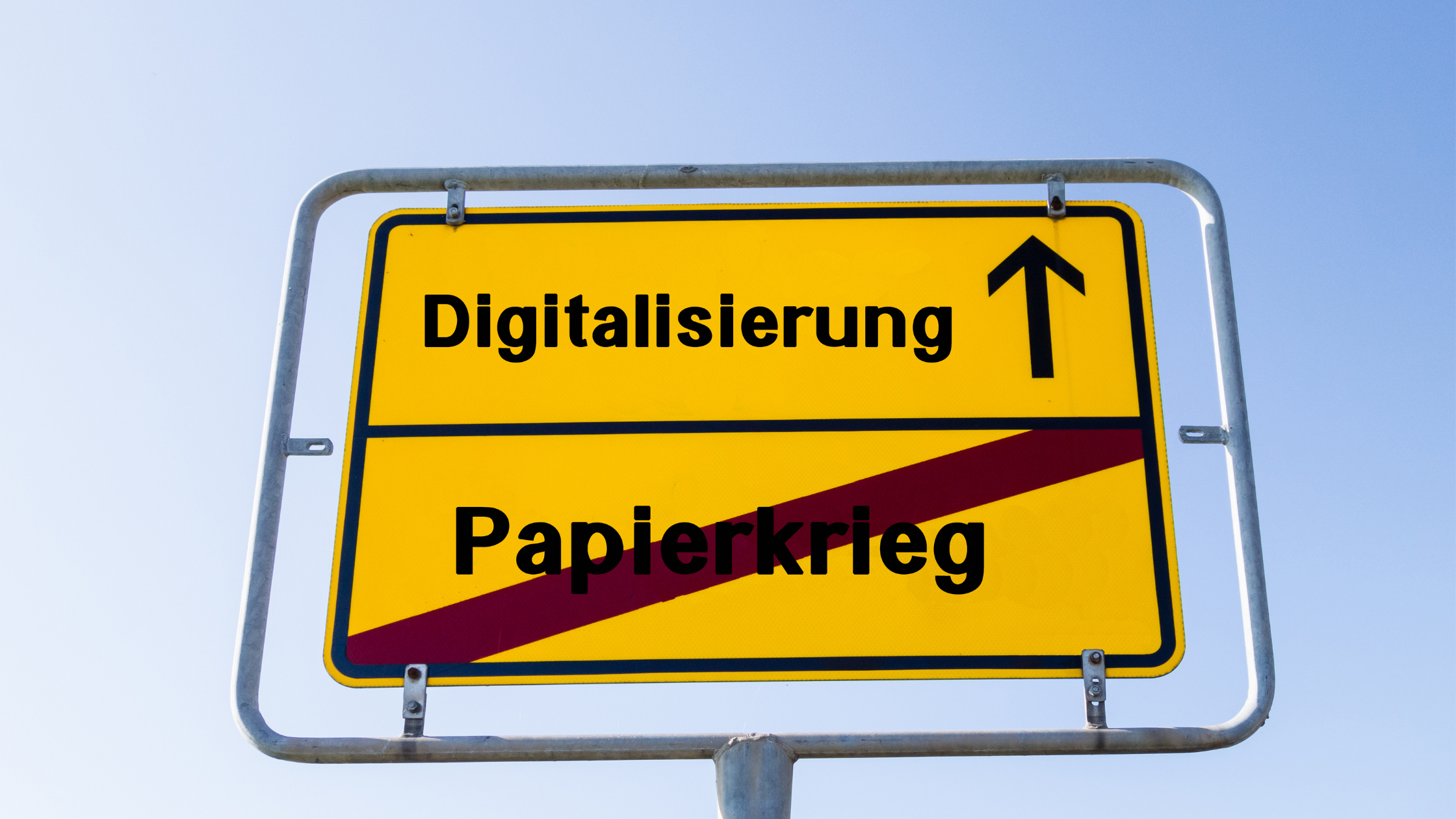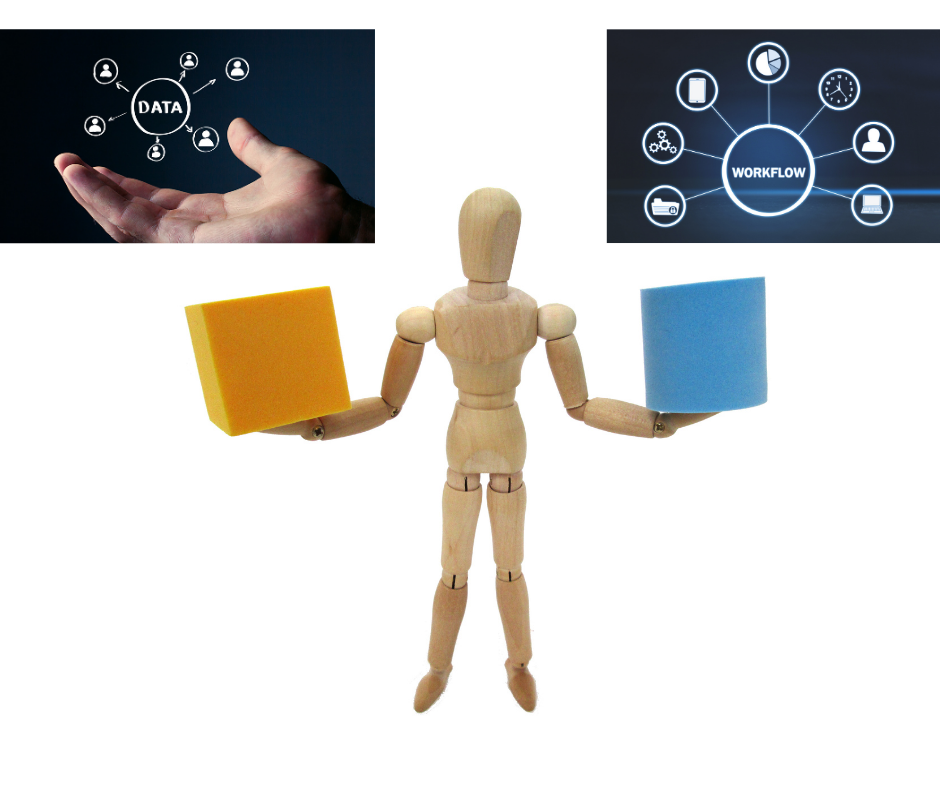
Ever since we spoke to Dr. Rosas, we have been wondering how healthcare safety can learn from the aviation industry – which, despite being nascent compared to healthcare, is reputed for its safety standards. We did much studying, and this article is a distillation of our thoughts. We have included all our references at the end of this article – as it turns out, we weren’t the first to ask this question!
Two seemingly different industries: What do they have in common, and where do the differences begin?
If one looks at it objectively, the conclusion one can draw is that although they are vastly different, they have many mutual lessons that can benefit each other. Over the last century, the aviation industry has seen massive growth, be it air traffic or the expansion of travel to different parts of the world. The sector has also secured a name for itself in terms of passenger comfort, safety, and, in most cases, timeliness. On the other hand, the healthcare industry has existed for more than a century and has seen many changes in treatment methods, care for patients’ wellbeing, and newer scientific discoveries for better health.
So, the question arises then: What can a sector created for transporting people and cargo by air have in common with the healthcare sector that deals with patients and treatment?
To give a fair picture, let us see some areas where we can compare the two, and the healthcare division can imbibe some lessons.
Safety
By and large, the aviation industry had the privilege of understanding what safety is regarding passenger and crew management. Use of Incident Reporting is one of the successful ways this is implemented. IR is a term familiar to many sectors and plays an essential role in preventing safety hazards or repeating errors. The aviation industry follows a standardized protocol for IR, which focuses on the larger picture and does not place all the accountability on the pilot alone.
Both pilots and doctors are professionals that hold the responsibility of safeguarding lives. Often errors have significant, irreversible consequences in either field. Yet, despite the high risks, the aviation industry leads IR with a blame-free atmosphere. A culture that is “open” and focused on learning allows the concerned parties to report incidents without the fear of adverse consequences. In the health industry, the report is often downplayed, leading to the repetition of an error. Healthcare requires an openness to modify policies without shifting the blame onto the staff or the members concerned.
One of the most successful ways the Aviation industry has ensured the safety protocols of its consumers is by adopting worldwide standards of secure transport. Many of us are familiar with the NTSB (National Transportation Safety Board). The NTSB takes on much responsibility when there is an accident. The incident is treated with grave seriousness, immediately catapulting a series of investigative reports regarding manufacturing, operation, and administration. This process guarantees that a quick decision is made and thus, lessens future debacles. When an incident occurs, the NTSB, given its integral influence on Aviation, is eligible to conduct a parallel investigation with the concerned Aviation system. The overall process has been largely effective in reducing fatality rates.
While the NTSB is a U.S-based organization, its standardization works across various countries. This two-layered work on incident reporting, where Aviation Boards work in solidarity with a larger system, has considerably played a critical role in increasing aviation safety.
Communication
In many sectors, employees downplay incidents for various reasons – one of the crucial reasons is the fear of losing employment. When an IR is created in the aviation industry, meetings discuss the incident, and there is no question of terminating employment. This openness to discussion discusses what had taken place and goes a step further in filling up gaps in communication. Aviation has a “Crew Resource Management” system, a system specifically designed for training on the job and facilitating professional communication. This system is where the airline crew, including the pilots and the flight attendants, and the ground crew and anyone involved with the airline communicates, and their cooperation dramatically reduces the risk of imminent danger.
Journaling is another vital aspect of airline staff that has helped the sector blossom. Pilots often write about their experiences of navigating a flight after landing. These journals are first-person accounts, maintained with details that may be both positive and negative, discussing the troubles faced during the flight and the overall journey. The crew are not penalized for sharing the mistakes in the journal. Every meeting is a step to betterment. Sharing the journal with the larger group of employees helps maintain transparency and leads to prevention.
Understanding that passenger safety is of paramount importance and conceding that risk affects both the passengers and the crew, the open and learning culture of the aviation industry has come a long way in terms of care
Standardization
Indeed, the industries are different in terms of their period of existence, aim, and intricacies of customized caregiving. However, one significant learning that the aviation sector can provide is in terms of standardization.
For airlines, the procedures are standard. From equipment, training, the language used to the IRS; the essentials are all well-structured and easy to follow for those involved. Most procedures in the aviation industry do not need second-guessing since all the information is readily available, including external factors such as imminent weather conditions, thereby reducing the risk of an unexpected catastrophe.
However, despite the differences that the healthcare sector faces from patient to patient, implementing standardized procedures for IRS or training the staff would greatly add value and be a step towards betterment
Responsibility
The final section is an overview of the workforce involved in either industry. When issues occur, an investigation is often conducted nationwide or even internationally for the aviation sector. However, many of the incidents in hospitals are only locally addressed and do not receive widespread attention unless for exceptional reasons. Doctors and staff are often at the receiving end of criticism, and the effects are long-lasting. Even minor incidents in aviation garner media attention. This attention contributes to an efficient working atmosphere in the aviation sector. Governing bodies created to address issues and almost infallible checklists to verify the smooth functioning of an airline, both on the ground and in the air, has primarily created a positive customer experience.
Aviation ensures an atmosphere of zero anxiety both for the staff and the passenger while placing enormous importance on comfort and safety. While healthcare organizations and national health governance bodies carry out significant reforms frequently, the lack of a centralized body responsible for investigation and policy formation leaves the individual organizations on their own regarding patient safety
To Conclude
There are many reasons why we cannot compare the healthcare industry to the aviation sector. The above are some aspects the two industries are similar. Over the years, the healthcare sector has seen much positive change, and these suggestions can only steadily contribute to a healthier future, mindful of safety and transparency.
References
Beentjes, Bianca (August 20, 2020). “What can the aviation sector teach the healthcare sector about safety?” Accessible here.
Dhand, Suneel (April 7, 2016). “Here’s Why You Can’t Compare Healthcare to the Airline Industry.” Accessible here.
Hunter, Greg. (September 27, 2017). “Healthcare Can Learn From the Aviation Industry About Safety” Accessible here.
Kapur, N., Parand, A., Soukup, T., Reader, T., & Sevdalis, N. (2015). Aviation and healthcare: a comparative review with implications for patient safety. JRSM Open, 7(1), 2054270415616548. Accessible here.
Meiners, John (June 13, 2019). “What can healthcare learn from the airline industry?” Accessible here.
Parmar, Hemraj (September 19, 2014). “Lessons for the Healthcare Industry from the Aviation Sector.” Accessible here.
Rice, Stephen ( February 7, 2020). “What Can Healthcare Learn From Aviation Safety?” Accessible here.
Swartz, Martha K. Swartz (2015). “What Health Care is Learning From the Aviation Industry”. Journal of Paediatric Health Care, Vol 29 Number 1. Accessible here.




